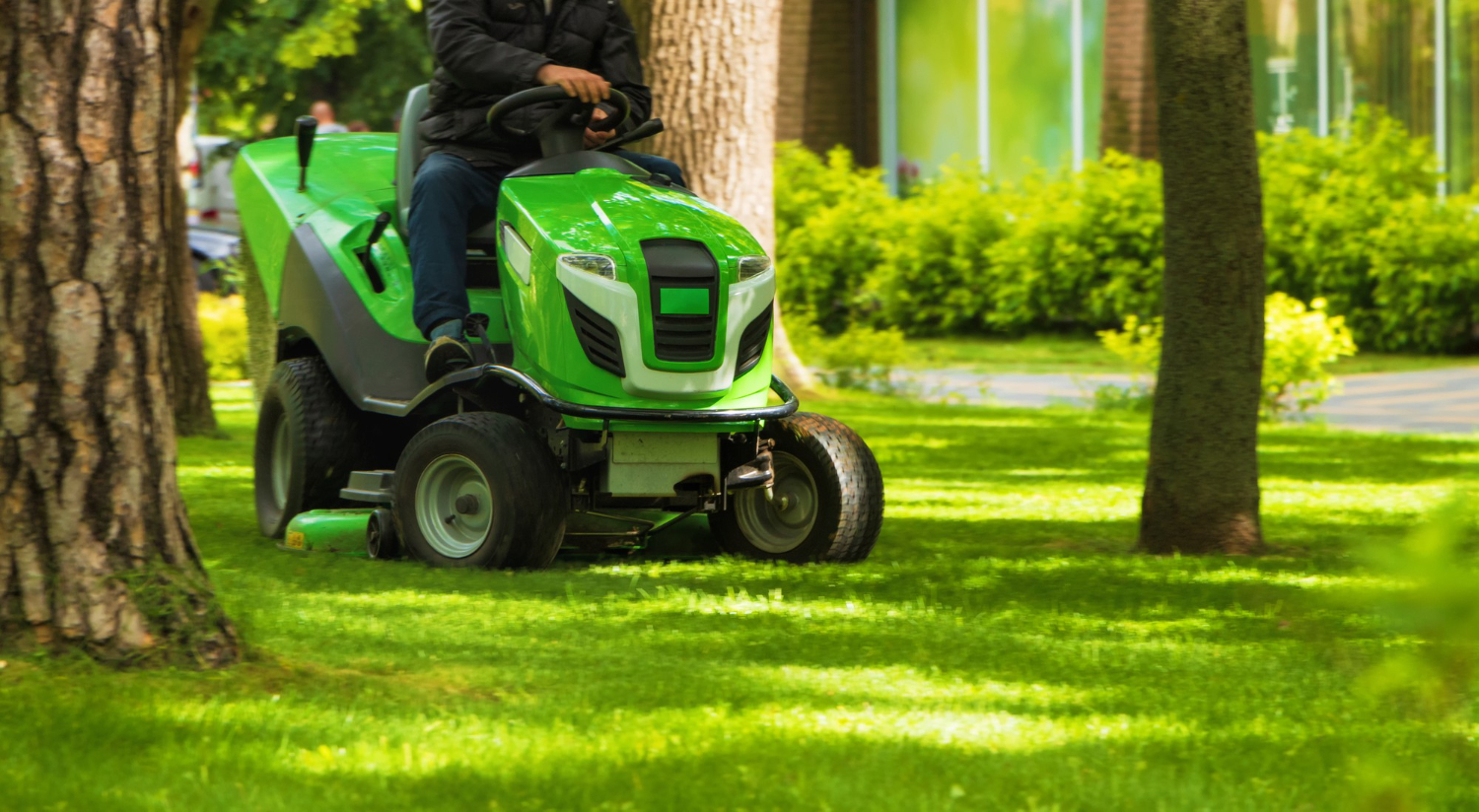Lawn Care Myths Debunked: What Your Grass Actually Needs to Thrive
- Home
- Lawn Care Myths Debunked: What Your Grass Actually Needs to Thrive

- By Truelove Lawn Care
- March 27th, 2025
Are You Falling for These Common Lawn Care Myths?
If you've ever searched for lawn care advice, chances are you've come across conflicting information. Some say you should water every day, while others swear by once-a-week deep watering. Some claim bagging your grass clippings is best, while others insist on leaving them. With all these myths floating around, how do you know what’s actually good for your lawn?
At Truelove Lawn Care, we’ve heard it all. And today, we’re setting the record straight. Let’s bust some of the most common lawn care myths so you can give your yard the care it truly needs.
Myth #1: You Should Water Your Lawn Every Day
The Truth: Less Frequent, Deep Watering Is Best
It might seem logical that watering your lawn daily keeps it green and lush. But in reality, too much water can do more harm than good. Overwatering prevents grass roots from growing deep into the soil, making your lawn more vulnerable to drought.
✅ Best Practice:
- Water deeply (about 1–1.5 inches per week) instead of frequent shallow watering.
- Water early in the morning to reduce evaporation and prevent disease.
- Consider a smart irrigation system to optimize watering times and amounts.
Myth #2: Cutting Your Grass Short Means Less Mowing
The Truth: Scalping Your Lawn Can Cause Major Damage
Many homeowners mow their grass as short as possible to delay the next mow. While this might seem like a time-saver, cutting grass too short (a.k.a. scalping) can:
- Stress the grass and make it more susceptible to heat and drought.
- Encourage weeds by exposing soil and giving weed seeds room to sprout.
- Weaken the root system, leading to a patchy, unhealthy lawn.
✅ Best Practice:
- Set your mower blade to the recommended height for your grass type (typically 2.5–4 inches).
- Never remove more than one-third of the grass blade at a time.
- Sharpen your mower blades regularly for a clean, even cut.
If your lawn needs professional maintenance, Truelove Lawn Care can help with mowing, edging, and routine care to keep it looking its best.
Myth #3: Leaving Grass Clippings on the Lawn Causes Thatch
The Truth: Grass Clippings Are Natural Fertilizer
Many people bag and remove their grass clippings, thinking they cause thatch buildup (a layer of dead organic material that prevents water and nutrients from reaching the soil). However, grass clippings decompose quickly and actually benefit your lawn.
✅ Best Practice:
- Leave clippings on the lawn to return nutrients to the soil.
- Use a mulching mower to break clippings down faster.
- Only remove clippings if they’re too thick or wet, which can smother grass.
Myth #4: Fertilizing in the Spring Is All You Need
The Truth: Your Lawn Needs Nutrients Year-Round
Spring fertilization is important, but only applying fertilizer once a year won’t keep your lawn healthy. Grass needs nutrients throughout the growing season, and different seasons require different fertilizer blends.
✅ Best Practice:
- Apply a slow-release fertilizer in early spring to jumpstart growth.
- Use a summer fertilizer to keep grass strong in the heat.
- Apply a fall fertilizer to help grass recover from summer stress and prepare for winter.
Need help with seasonal lawn care? Truelove Lawn Care provides customized fertilization plans to keep your lawn healthy all year long.
Myth #5: All Weeds Can Be Removed by Hand
The Truth: Some Weeds Require Targeted Treatment
Pulling weeds by hand can be effective, but some invasive weeds spread aggressively and require more than manual removal. Deep-rooted weeds like dandelions and crabgrass can return quickly if not removed properly.
✅ Best Practice:
- Remove weeds before they go to seed to prevent spreading.
- Use pre-emergent weed control to stop new weeds from growing.
- Apply selective herbicides for tough, persistent weeds.
If weeds have taken over your yard, Truelove Lawn Care offers professional weed control services to restore your lawn.
Myth #6: New Lawns Need to Be Mowed Right Away
The Truth: Wait Until the Grass Is Well-Established
If you’ve just planted new grass seed or laid sod, you might think mowing right away will help it blend in with your existing lawn. However, cutting too soon can damage delicate new grass blades and prevent strong root growth.
✅ Best Practice:
- Wait until new grass is at least 3–4 inches tall before mowing.
- Use a sharp mower blade and mow on the highest setting.
- Avoid heavy foot traffic until the lawn is fully established.
For expert lawn installation and maintenance, Truelove Lawn Care can help with seeding, sod installation, and ongoing care.
Get Expert Lawn Care from Truelove Lawn Care
Lawn care doesn’t have to be complicated, but falling for common myths can lead to costly mistakes. If you want a healthy, thriving lawn, following the right practices—and getting help from the pros—can make all the difference.
At Truelove Lawn Care, we provide expert lawn care, landscaping, and seasonal maintenance to keep your yard in top shape. Whether you need routine mowing, weed control, or a full lawn makeover, we’ve got you covered.
Want a lush, green lawn without the guesswork? Contact us today for a free consultation!
